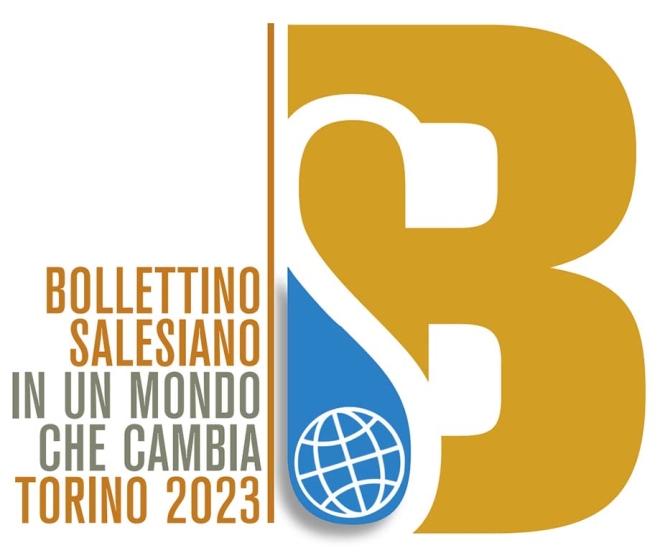Fr Francesco Motto
On Nov. 28, 1885, Don Bosco wrote to Fr. Emanuele Morossi, who had sent him an offering for his works: "As regards the dispatch of the Salesian Bulletin, Your Excellency and the Parish Priest will allow me to continue it. Do not worry about the payment, for it is not a newspaper like the others, nor is it made with a view to profit [gain]... Let them not refuse it either; also, believe that by having it read by as many as they can, they are doing a work of great charity, without having to think about any offerings to be sent in future years, unless they can do so without serious inconvenience."
In Italy, but everywhere in the world, Bulletins of all kinds were being published, but Don Bosco's was intended to be different from the others: for the "original," "unique," "Salesian," "missionary" content we have just mentioned, for its simple style, comprehensible to all kinds of people, for the fact that it was sent free of charge "to those who wanted it and to those who did not want it." On the occasion of the third General Chapter of the Salesians (1883), he asserted, "It does not matter to us to receive a 10 lire more or less, but to achieve the greater glory of God. If governments do not hinder us, the Bulletin will become a power, not for itself, but for the people it shall bring together."
According to Don Bosco's insight, the Salesian Bulletin is not a mere chronicle of events, but divulges the spirit of the Congregation through the narration of facts and works, rather than through a proliferation of speculatively demonstrated ideas. It offers a reading of contemporary reality from a Salesian perspective and welcomes the provocations of the young and the ecclesial world with a view to a more global, comprehensive educational and pastoral project.
"The Salesian Bulletin had as its objective to maintain among the members of the pious union the greatest possible identity of thought and harmony of action for the attainment of the common end." (Biographical Memoirs XIII, 603)
At first, Don Bosco edited it personally to give it the direction he intended; then he entrusted it to one of his close collaborators, Fr. Giovanni Bonetti. The latter, an excellent writer but also a born polemicist, sometimes allowed himself a few too many licenses, dilating certain news items and ending up offending certain civil and ecclesiastical sensibilities. Don Bosco called him back to greater serenity: he simply preferred to make Salesian works known in a simple tone, rather than engage in polemics in print. Collaborating with him, later becoming Don Bosco's first living successor, was Father John Baptist Lemoyne, the well-known writer of the monumental Biographical Memoirs of Don Bosco.
The presence of Salesian works in France since 1875, and also the need to reach an increasing number of wealthy benefactors in Europe, presumably able to read French (Belgians, Poles...), prompted Don Bosco to publish an edition of the Bulletin in French. The French Bulletin salésien began in Genoa-Sampierdarena in April 1879. During his lifetime, two Spanish-language editions were also published: the first in Argentina and the second for Spain, but edited in Turin.
The SB reached the homes of rich and poor, nobles and ordinary citizens, civil and religious authorities, learned and simple people, Catholic or not, in Italy and abroad. Don Bosco did not hesitate to have some volumes bound and present them as gifts to the imperial family of Vienna and other ruling houses.
With a circulation that rapidly increased from a few thousand to tens of thousands of copies upon Don Bosco's death, the SB, in the absence of modern means of social communication (radio, TV, social...) contributed greatly to making the "fortune" of the Salesian Family: in terms of vocations of Salesian women and Daughters of Mary Help of Christians, Salesian works, and, why not?, economic support.
In 146 years, the SB, conceived and produced with enormous success by Don Bosco, has gone from black and white to color, has continuously updated its graphics, diversified its columns, multiplied its circulation, and is all online. Today, it is printed in nearly 70 editions and 35 different languages and reaches over 130 countries. Each is different from the other, each with its own needs and readership, but each wants to be faithful to Don Bosco's original and founding inspiration.


